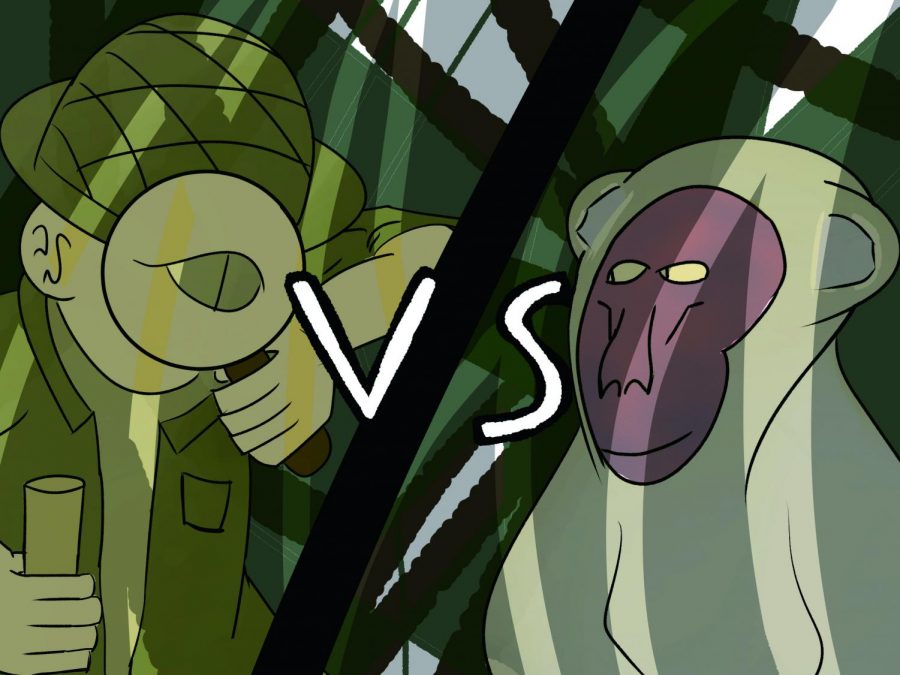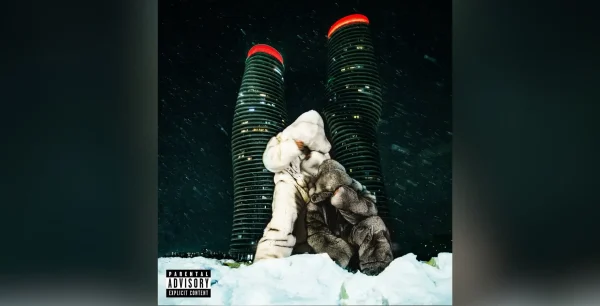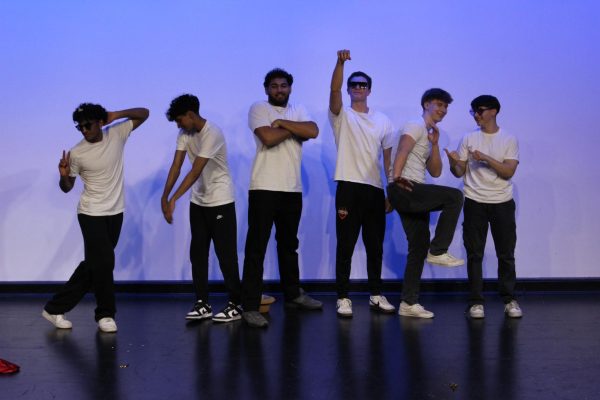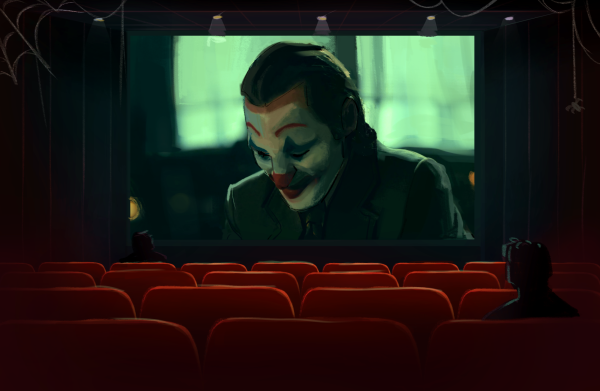A wave of new movies take on 2020
On the left, a detective from “The Rhythm Section” is illustrated along with an animal from “Dolittle,” on the right. Illustration by Ari Harvey.
It’s award season, and with it comes a host of excellent, (and not as excellent) new films. Here’s what you need to know about the films “Dolittle”, “The Rhythm Section” and “1917”.
“Dolittle”
The plot follows a doctor, John Dolittle (Robert Downey Jr.), who’s been in isolation save for his varied animals since the death of his wife, but this doctor has a special talent – he can speak to animals.
He and his animals go on a journey to help save an old friend of Dolittle’s. They run into an old enemy and come across a variety of mishaps on their quest.
The cast consists of many talents such as Downey Jr., Emma Thompson, John Cena, and Tom Holland.
But with a 17 percent rating on Rotten Tomatoes, I didn’t go in with high expectations. The audience consensus was much brighter, so I was hoping to be pleasantly surprised.
I was not pleasantly surprised. True to form, “Dolittle” was not good. While it wasn’t as bad as the critics are saying, it was definitely problematic in more ways than one.
Bilge Ebiri, writer for Vulture, explained in his review, “I wasn’t expecting ‘Dolittle’ to be good, exactly, but I wasn’t expecting it to be quite this bad.”
The plot was a jumbled mess in places, which gave it a disjointed feeling overall. It is anticlimactic and misses the mark on tone.
There are moments of genuine, serious acting and emotion, and a fart joke 10 seconds later. If it wanted to be a kid’s movie, it should have leaned into that aspect.
It attempts to be, at once, a movie for kids and adults, and by not picking one, it ends up somewhere in the middle without succeeding in either area.
It was not a complete failure, however. The acting I found to be rather good as Downey gives an eccentric, but ultimately emotional performance.
I can see how kids would enjoy it. As a family film, it’s fine. For anyone older than 12, it’s disappointing. Overall it is a movie I regret seeing.
“The Rhythm Section”
The plot follows a young woman, Stephanie Patrick, on a somewhat self-destructive journey to get revenge for the death of her family.
Director Reed Marano is known for her work on “Frozen River”, “Kill Your Darlings” and “The Skeleton Twins”.
From trailers, “The Rhythm Section” looks to be an intense and emotional thriller, with a scare factor to boot.
With 39 percent on Rotten Tomatoes, viewers say the movie seems too predictable.
But with Blake Lively, Jude Law, and Sterling K. Brown heading up the cast, I was excited to see what they produced.
In truth, it was a decent film: not exceptional, but not horrible. I wouldn’t actively seek it out for a second viewing, but didn’t leave the theater feeling robbed.
Lively was excellent. Her acting was easily the best part of this film. She was raw and emotional as a broken and lost woman who was palpably determined to succeed.
The cinematography is also well done, highlighting everything it needs to tell the story of the protagonist’s struggle.
I only wished this film had surprised me. I could see the ending from the very beginning. With its R rating, this film had permission to be shocking, but it wasn’t.
It has the troubled heroine seeking revenge, the ruthless but effective trainer, and the reporter obsessed with solving his case. It’s a cast of characters that could be plucked out of this movie and placed into countless others almost seamlessly.
Something I did find it refreshing that it wasn’t a James Bond style spy story. They avoided making difficult scenes appear effortless. It was gritty and realistic in training, fighting, and even killing.
If you like spy thriller revenge dramas, go see it because you’ll enjoy it. If you love Lively, go see it. If you don’t care much for either, you could skip this one and be perfectly fine.
“1917”
Interested in seeing the best motion picture of the year, according to the Golden Globes? You should. “1917” is an emotional ride, and a great piece of cinema.
The plot follows two young soldiers given a mission to deliver a vital piece of information across enemy lines during World War I.
Tom Blake and Will Schofield race against the clock to save their fellow soldiers from walking into a deadly trap.
“1917” is one of those rarities that impresses viewers on almost every level. The acting, set, cinematography, and sheer emotion of the film all leave the viewer knocked off their feet.
The movie seems as if it was filmed in a single shot with no cuts. Director Sam Mendes has said the movie is composed of around 40 different shots stitched together.
This is quite the impressive feat in the cinematography world. One needs an excellent steadicam man for a project like this, maybe even a team of them.
This is a film that was carefully crafted down to the detail, all of it seeming to follow our hero in one long take, keeping us with the action in real time.
Acclaimed critic David Sexton wrote, “From the sole perspective of the film-making craft, ‘1917’ is worth a watch.”
The film provides many breathtaking shots throughout. From terrible shocks to heartwarming moments, the film will surprise viewers in more ways than one. It is a film unafraid to show the horrors of war, and the strength and hearts of soldiers.
I have to admit it, I sat for a few minutes into the credits staring at the screen, attempting to process all I’d witnessed.
I’ve heard criticisms tossed around that it romanticized war, or shied away from the horrid complexities of it. But for a great many of us, it was more than enough.

Miranda LeGate is an aspiring young writer and journalist. She is currently interning at McSweeney’s Newspaper in San Francisco, where she does a lot...

Senior Ari Harvey has returned for their third year with The Californian, this time serving as the paper’s Graphics Editor. Besides drawing all manner...




